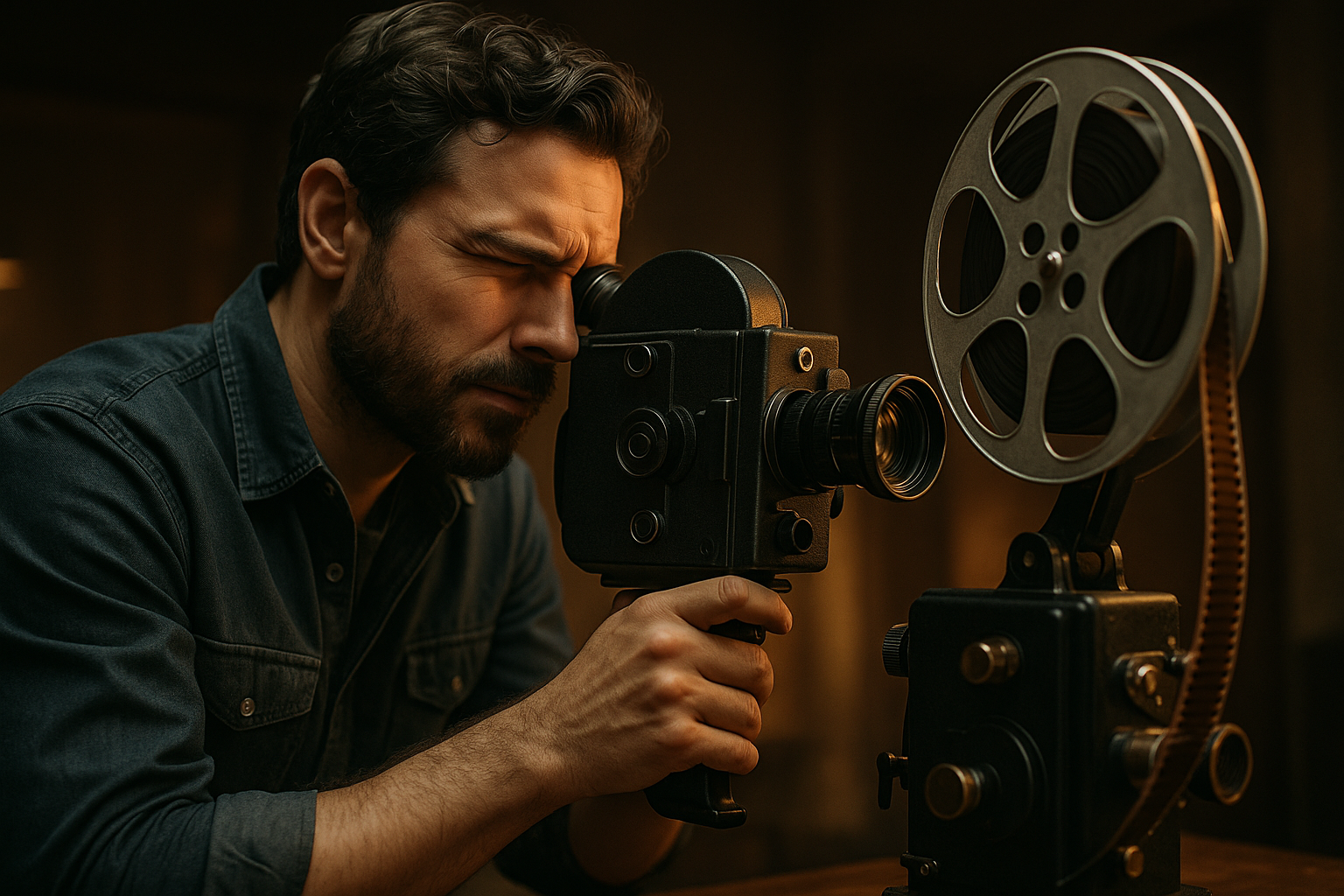The Resurgence of Analog Film in a Digital World
In the universe of moving images, a seemingly archaic medium is making an unexpected comeback. Despite the dominance of digital technology in the 21st century, analog film, with its distinct texture and aesthetic, is experiencing a renaissance. This article will explore the resurgence of analog film, its historical context, current developments, and the implications for the arts and entertainment industry.

Reel History: The Evolution and Decline of Analog Film
Invented in the late 19th century, analog film was the primary medium for capturing and projecting moving images for over a hundred years. The introduction of digital technology in the late 20th century, however, brought a significant shift. The convenience, cost-effectiveness, and technical superiority of digital recording led to a gradual abandonment of analog motion picture film.
The Revival: Current Trends in Analog Filmmaking
In recent years, there has been a noticeable resurgence in the use of analog film. High-profile directors like Quentin Tarantino, Christopher Nolan, and Paul Thomas Anderson have championed the medium, shooting their projects entirely on film. Simultaneously, film labs worldwide have reported an increase in demand for film processing, indicating a broader trend beyond Hollywood.
The Aesthetic Appeal: Why Filmmakers are Returning to Film
The return to analog film is not merely a nostalgic trend. Filmmakers cite the unique aesthetic qualities of film—its organic texture, dynamic range, and color rendition—as reasons for their choice. Film, they argue, offers a visual richness that digital technology cannot replicate.
The Impact: Analog Film in the Modern Entertainment Landscape
The resurgence of analog film has implications for the broader entertainment industry. For one, it challenges the assumption that digital technology is inherently superior or more progressive. It also suggests a renewed appreciation for craftmanship and physicality in an increasingly virtual world.
Looking Ahead: The Future of Analog Film
The future of analog film remains uncertain, influenced by factors such as the availability of film stock and the cost of production. Yet, the recent resurgence suggests that this historic medium still holds a place in the realm of moving images. As long as filmmakers continue to value the distinct aesthetic and emotional resonance of analog film, this medium will continue to exist alongside digital technology in the ever-evolving landscape of cinematic art.
In conclusion, the resurgence of analog film represents a fascinating shift in the arts and entertainment industry. Amid the dominance of digital technology, this return to a traditional medium reflects an enduring appreciation for the tactile and the tangible. As we move forward, it will be interesting to see how this analog-digital dichotomy continues to shape the world of moving images.





